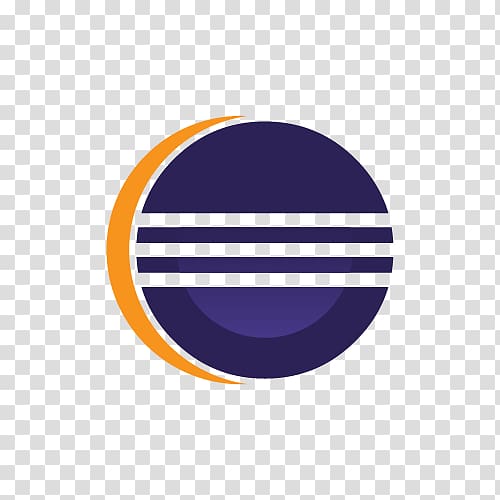

This example creates 3 JComponents: a JLabel, a JTextField and a JButton, and sets their appearances (background and foreground colors, font, preferred size and opacity). Use KeyEvent.VK_xxx to specify the key. Set the keyboard mnemonic (i.e., the alt short-cut key). Swing's buttons support mnemonic (to be triggered via keyboard short-cut with alt key). No setVerticalAlignment as text field is single-line JTextField.RIGHT, JTextField.LEADING, JTextField.TRAILING Set the text's horizontal alignment: JTextField.LEFT, JTextField.CENTER Set the vertical text position relative to icon Public void setVerticalTextPosition(int textPosition) SwingConstants.RIGHT, SwingConstants.LEFT, SwingConstants.CENTER, SwingConstants.LEADING, SwingConstants.TRAILING. Set the horizontal text position relative to icon Public void setHorizontalTextPosition(int textPosition)
SwingConstants.TOP, SwingConstants.BOTTOM, SwingConstants.CENTER Set the vertical alignment of icon and text, Public void setVerticalAlignment(int alignment) SwingConstants.RIGHT, SwingConstants.LEFT, SwingConstants.CENTER Set the horizontal alignment of icon and text Public void setHorizontalAlignment(int alignment) Set the button's default icon (you can have different icons for "pressed" and "disabled" states) Swing's JLabel and buttons ( AbstractButton subclasses): support both text and icon, which can be specified in the constructor or via the setters. Sets the tool-tip message, to be displayed when the mouse-pointer pauses over the component. Public void setToolTipText(String toolTipMsg) Most of the JComponents have default of true, except JLabel. otherwise, enable transparent background. If true (opaque), fill the background with background color Sets the preferred, maximum or minimum size of this component. Public void setMinimumSize(Dimension dim) Public void setMaximumSize(Dimension dim) Public void setPreferredSize(Dimension dim) Sets the foreground (text) color of this component Sets the background color of this component Localization: different languages for different locale.Īll JComponents (such as JPanel, JLabel, JTextField and JButton) support these set methods to set their appearances and properties: //.

Look and feel: customized appearance and user interaction for the operating platform.Tool tips: display when the mouse-pointer pauses on the component.

IMAGE ICON RESIZE JAVA WINDOWS
Keyboard short-cut (called mnemonics), e.g., activated via the "Alt" key in Windows System.Most of the Swing Components supports these features: Setting the Appearances and Properties of JComponents The Image object is used in the drawImage() method for custom drawing (which shall be discussed later). You can retrieve this Image object via the ImageIcon's getImage() method. JLabel lbl = new JLabel("The Duke", iconDuke, JLabel.CENTER) Īn ImageIcon uses an object to hold the image data. URL imgURL = getClass().getClassLoader().getResource(imgFilename) String imgFilename = "images/duke.gif" // relative to project root (or bin) Many JComponents (such as JLabel, JButton) accepts an ImageIcon in its constructor, or via the setIcon() method. Using URL is more flexible as it can access resources in a JAR file, and produces an error message if the file does not exist (which results in a null URL). Filename always relative to the root of the project (i.e., bin) imgURL = getClass().getClassLoader().getResource(imgFilename) Construct an ImageIcon via an image URL (in the form of file://path/filename) ImageIcon iconDuke = new ImageIcon(imgFilename) // OR Can use an absolute filename such as "c:/project/images/nought.gif" For example, // Construct an ImageIcon from an image filename Image file type of GIF, PNG, JPG and BMP are supported. To construct an ImageIcon, provide the image filename or URL. The ImageIcon class implements interface, and hence, often upcasted and referenced as Icon. An ImageIcon is a fixed-size picture, typically small, and mainly used for decorating GUI components. For example, the figure shows three buttons: one with text label, one with an image icon, and one with both text and icon. Many Swing's JComponents (such as JLabel and JButton) support a text label and an image icon. JComponent and its descendants are lightweight components. The class hierarchy of Swing's JComponents is as follows. These top-level Swing containers are heavyweight, that rely on the underlying windowing subsystem of the native platform. The class hierarchy of Swing's top-level containers ( JFrame, JDialog, JApplet) are as follows. JDK demo includes a folder " jfc", which has many interesting demo on Swing and Java2D.


 0 kommentar(er)
0 kommentar(er)
